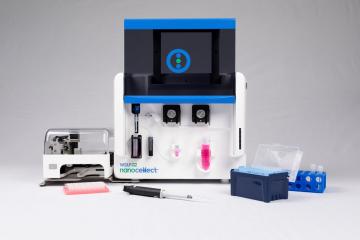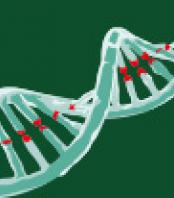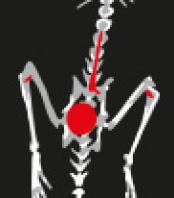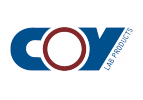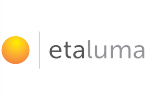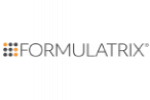Traditional droplet-based fluorescence activated cell sorters are able to isolate pure cell populations at high speeds. This often comes, however, at the cost of reduced cell recovery. Cell death induced from the high-pressure droplet-sorting mechanism, cells moving out of the droplet, and high abort rates, can all contributeto low cell recovery rates. It has been reported that traditional cell sorters can lose up to 70% of their sorted cell population. This can be a challenge when working with rare cell populations
and limited samples. Furthermore, cells adhering to the fluidics system or the collection tube, as well as post-sort centrifugation can contribute to a lower sample recovery. In contrast to traditional cell sorters, the WOLF Cell Sorter uses low pressure and gentle mechanical microfluidic sorting to efficiently isolate targeted cell populations. In this technical note, we measured the sample recovery rate from the WOLF Cell Sorter.
Learn more, be nice to your cells.











